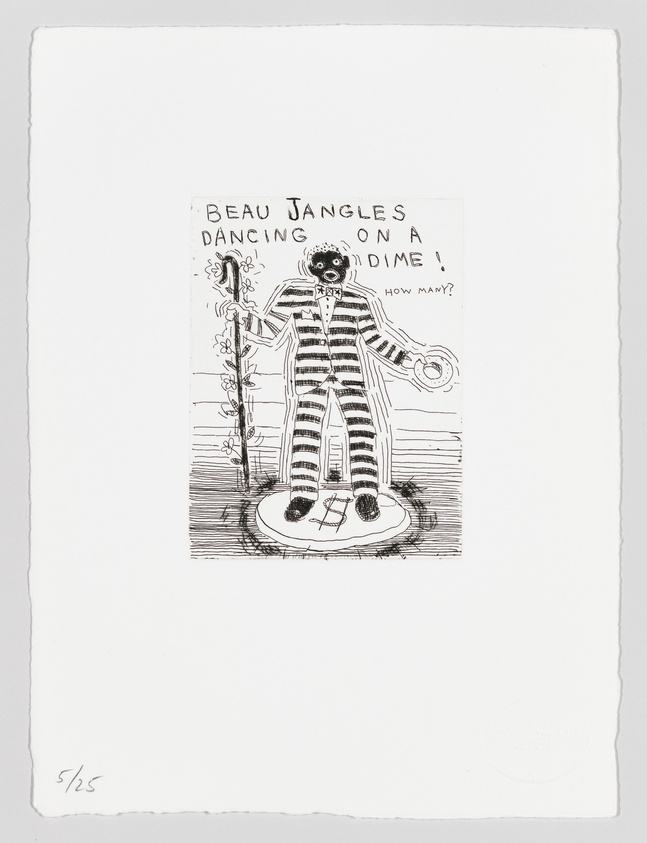0:00
Paul Thek, The Tomb, 1967
0:00
Narrator: In 1967, Thek culminated his early career by creating a life-sized effigy of himself, dressed in a pink suit and laid to rest in a pink ziggurat tomb. This slide show presents photographs of Thek with the piece in his studio. Many of the photographs were taken by his friend and lover Peter Hujar. Curator Elisabeth Sussman.
Elisabeth Sussman: There's no doubt that by casting his own body, he had some sense of what it was to make a funerary monument of himself. And therefore the Peter Hujar photographs that you see have an uncanny quality to them because you see the very much alive Thek in his t-shirt next to this dead effigy that's exactly him. So to come so close as to be able to touch your own dead body, even if you're doing it through your own imagination, is very, very risky territory and that's where he wanted to be with his art.
Narrator: The sculpture, dubbed by critics the “Dead Hippie,” seemed to capture the zeitgeist of the era. The discs on Thek’s cheeks were painted with psychedelic colors, and Thek originally surrounded the figure with paraphernalia that alluded to drug use. When it was shown at the Whitney in 1968, Vietnam War protestors left flowers by the tomb, as if the wax figure were a martyred comrade.
Critics celebrated Thek’s Hippie as a masterwork of American sculpture, and it was exhibited at museums throughout the United States and Europe. Eventually, it became the first great work of Thek’s to be lost.
Over time, the notoriety of the Hippie exasperated Thek. When a museum in Germany asked to exhibit it in 1981, more than a dozen years after its inception, he wrote to a friend:
Paul Thek [Ed Burns]: I really don’t want to have to do THAT piece again! Oh God no! Not THAT one. Imagine having to bury yourself over and over.
Narrator: Thek did agree to show the work, but when it was returned from Germany, he never picked it up from the shipper, and the Hippie was destroyed, or disappeared. Why Thek allowed this to happen is unclear. By one account, he simply forgot to retrieve the work from the shipper. But it’s also possible that he abandoned the Hippie out of frustration that it had never been purchased. Whatever the reason, its destruction ensured that he would never have to show the work again. And it’s quite possible—based on the quote you just heard—that Thek was fine with that.
